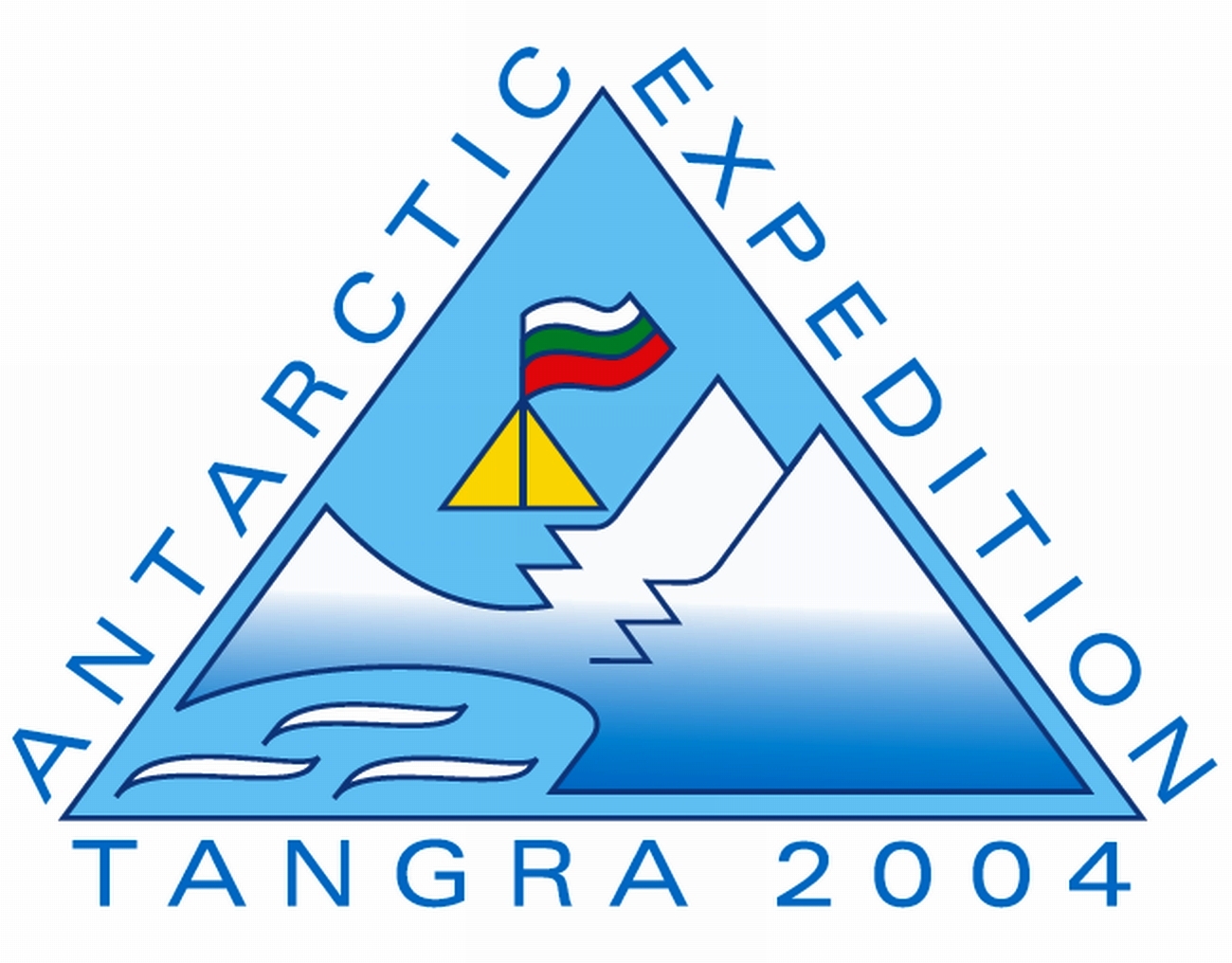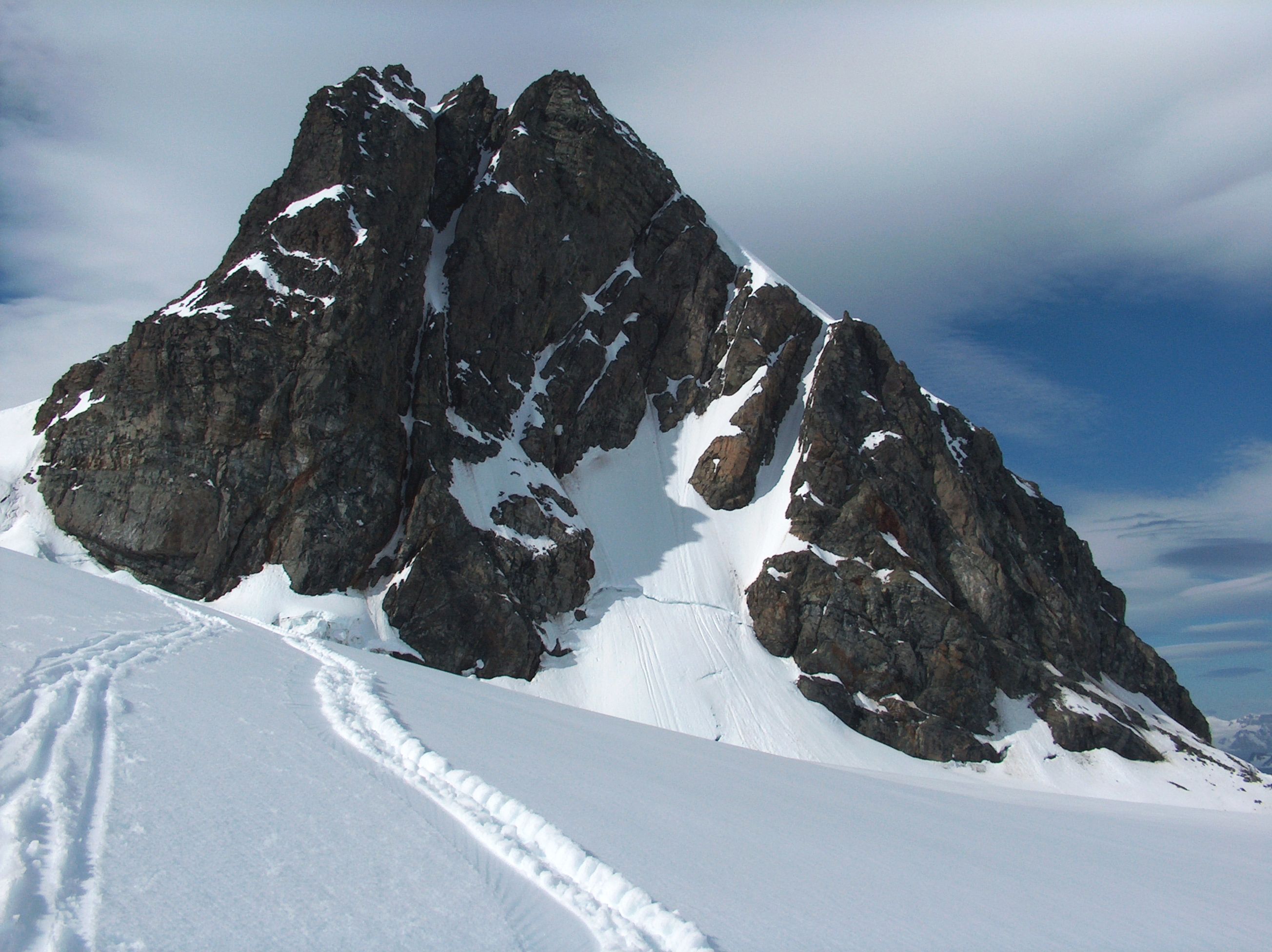|
Maritsa Peak
Maritsa Peak ( bg, връх Марица, vrah Maritsa, ) rises to 560 m in eastern Bowles Ridge on Livingston Island in the South Shetland Islands, Antarctica. It has precipitous rocky south slopes, and is situated on the west side of Pirdop Gate, surmounting Huron Glacier to the south and Struma Glacier to the north. The peak is "named after the Maritsa River in Bulgaria." . (details in Bulgarian basic data in English) Location The cliff is located at which is 3.3 km east of |
Composite Antarctic Gazetteer
The Composite Gazetteer of Antarctica (CGA) of the Scientific Committee on Antarctic Research (SCAR) is the authoritative international gazetteer containing all Antarctic toponyms published in national gazetteers, plus basic information about those names and the relevant geographical features. The Gazetteer includes also parts of the International Hydrographic Organization (IHO) General Bathymetric Chart of the Oceans (GEBCO) gazetteer for under-sea features situated south of 60° south latitude. , the overall content of the CGA amounts to 37,893 geographic names for 19,803 features including some 500 features with two or more entirely different names, contributed by the following sources: {, class="wikitable sortable" ! Country ! Names , - , United States , 13,192 , - , United Kingdom , 5,040 , - , Russia , 4,808 , - , New Zealand , 2,597 , - , Australia , 2,551 , - , Argentina , 2,545 , - , Chile , 1,866 , - , Norway , 1,706 , - , Bulgaria , 1,450 , - , G ... [...More Info...] [...Related Items...] OR: [Wikipedia] [Google] [Baidu] |
Tangra 2004/05
The Tangra 2004/05 Expedition was commissioned by the Antarctic Place-names Commission at the Ministry of Foreign Affairs of Bulgaria, managed by the Manfred Wörner Foundation, and supported by the Bulgarian Antarctic Institute, the Institute of Mathematics and Informatics at the Bulgarian Academy of Sciences, Bulgarian Posts, Uruguayan Antarctic Institute, Peregrine Shipping (Australia), and Petrol Ltd, TNT, Mtel, Bulstrad, Polytours, B. Bekyarov and B. Chernev (Bulgaria). Expedition team Dr. Lyubomir Ivanov (team leader), senior research associate, Institute of Mathematics and Informatics at the Bulgarian Academy of Sciences; chairman, Antarctic Place-names Commission; author of the 1995 Bulgarian Antarctic ''Toponymic Guidelines'' introducing in particular the present official system for the Romanization of Bulgarian; participant in four Bulgarian Antarctic campaigns, and author of the first Bulgarian Antarctic topographic maps. Doychin Vas ... [...More Info...] [...Related Items...] OR: [Wikipedia] [Google] [Baidu] |
Kuzman Knoll
Kuzman Knoll (Kuzmanova Mogila \'kuz-ma-no-va mo-'gi-la\) is a solitary ice-covered knoll rising to 620 m in eastern Livingston Island in the South Shetland Islands, Antarctica. The knoll forms a conspicuous landmark in Wörner Gap area, overlooking Huron Glacier and upper Perunika Glacier. It was named after Kuzman Tuhchiev, participant in the 1993/94 Bulgarian Antarctic campaign and base commander at St. Kliment Ohridski during the 1994-96 seasons. The feature is named ''‘Tukhchiev Knoll’'' by the U.S. and British Antarctic naming committees; "Kuzman Knoll" is the official Bulgarian name, which is established among the Spanish and Bulgarian scientists working in the area. First ascent by the Bulgarians Kuzman Tuhchiev and Vasil Gurev from St. Kliment Ohridski Base during the 1994/95 season. Location The knoll is located at which is 1.1 km north-northeast of Camp Academia site, 1.1 km east of the midpoint of Wörner Gap, 3.68 km east-northeast of the ... [...More Info...] [...Related Items...] OR: [Wikipedia] [Google] [Baidu] |
Aheloy Nunatak
Aheloy Nunatak ( bg, Ахелойски Нунатак, Aheloyski Nunatak, ) is a rocky 390m peak in the upper Huron Glacier in Livingston Island. The peak forms the northeast extremity of a minor ridge which also features Erma Knoll and Lozen Nunatak, and is linked to Zograf Peak by Lozen Saddle. The peak was first visited on 31 December 2004 by the Bulgarian Lyubomir Ivanov from Camp Academia, and was mapped in the Bulgarian Tangra 2004/05 topographic survey. The peak was named after the Black Sea town of Aheloy, Bulgaria. Location The peak is located at which is 1.6 km east-southeast of Kuzman Knoll, 2.48 km south by east of Maritsa Peak, 1.6 km north-northeast of Zograf Peak and 270 m north-northeast of Erma Knoll. See also * Tangra 2004/05 * Tangra Mountains * Livingston Island * List of Bulgarian toponyms in Antarctica Bulgarian toponyms in Antarctica are approved by the Antarctic Place-names Commission in compliance with its ''Toponymic G ... [...More Info...] [...Related Items...] OR: [Wikipedia] [Google] [Baidu] |
Atanasoff Nunatak
Atanasoff Nunatak (Atanasov Nunatak \a-ta-'na-sov 'nu-na-tak\) is a nunatak, a sharp peak rising to in the east extremity of Bowles Ridge, Livingston Island, Antarctica. The peak surmounts Huron Glacier to the south and east, and Struma Glacier to the north. The peak is “named in honour of the Bulgarian American John Atanasoff (1903–1995) who constructed the first electronic digital computer”. SCAR Composite Gazetteer of Antarctica. Location The peak is located at which is next east of , northeast of , e ...[...More Info...] [...Related Items...] OR: [Wikipedia] [Google] [Baidu] |
Asparuh Peak
Asparuh Peak ( bg, Аспарухов връх, Asparuhov vrah, ) is a peak situated on Livingston Island, Antarctica. The peak rises to 760m in Bowles Ridge and is linked to the Melnik Ridge by the 575m high Yankov Gap. It was named after Khan Asparuh of Bulgaria, 668-700 AD, who incorporated by treaty the territory between the Balkan Mountains and the Danube in 681 AD. Location The peak is located at which is 2.52 km east of the Mount Bowles, 1.26 km south of Melnik Peak and 1.96 km west of Atanasoff Nunatak. See also * List of Bulgarian toponyms in Antarctica * Antarctic Place-names Commission Maps * L.L. Ivanov et al. Antarctica: Livingston Island and Greenwich Island, South Shetland Islands. Scale 1:100000 topographic map. Sofia: Antarctic Place-names Commission of Bulgaria, 2005. * L.L. IvanovAntarctica: Livingston Island and Greenwich, Robert, Snow and Smith Islands Scale 1:120000 topographic map. Troyan: Manfred Wörner Foundation, 2009. References A ... [...More Info...] [...Related Items...] OR: [Wikipedia] [Google] [Baidu] |
Mount Bowles
Mount Bowles is an ice-covered mountain high, the summit of Bowles Ridge in the central part of eastern Livingston Island in the South Shetland Islands, Antarctica. It is situated south of Vidin Heights and north of Mount Friesland, Tangra Mountains to which it is linked by Wörner Gap. The origin of the name is uncertain; it appears (poorly positioned and probably intended for some other peak on the island) on the 1829 chart of the British expedition (1828–31) under Captain Henry Foster in ''HMS'' . Mount Bowles was first climbed by Àlex Simón, Vicente Castro, David Hita and a friend from Juan Carlos I Station on January 5, 2003.American Alpine Journal, 2003. p.333. Location According to a 2003 Australian GPS survey the peak is located at , which is 9.77 km northwest of Great Needle Peak, 6.08 km north by west of Mount Friesland, 8.77 km east-northeast of St. Kliment Ohridski base and 9.25 km south by west of Miziya Peak. Maps * S. Soccol, D. Gildea ... [...More Info...] [...Related Items...] OR: [Wikipedia] [Google] [Baidu] |
Antarctic Place-names Commission
The Antarctic Place-names Commission was established by the Bulgarian Antarctic Institute in 1994, and since 2001 has been a body affiliated with the Ministry of Foreign Affairs of Bulgaria. The Commission approves Bulgarian place names in Antarctica, which are formally given by the President of the Republic according to the Bulgarian Constitution (Art. 98) and the established international practice. Bulgarian names in Antarctica Geographical names in Antarctica reflect the history and practice of Antarctic exploration. The nations involved in Antarctic research give new names to nameless geographical features for the purposes of orientation, logistics, and international scientific cooperation. As of 2021, there are some 20,091 named Antarctic geographical features, including 1,601 features with names given by Bulgaria.Bulgarian Antarctic Gazett ... [...More Info...] [...Related Items...] OR: [Wikipedia] [Google] [Baidu] |
Scientific Committee On Antarctic Research
The Scientific Committee on Antarctic Research (SCAR) is an interdisciplinary body of the International Science Council (ISC). SCAR coordinates international scientific research efforts in Antarctica, including the Southern Ocean. SCAR's scientific work is administered through several discipline-themed ''science groups''. The organisation has observer status at, and provides independent advice to Antarctic Treaty Consultative Meetings, and also provides information to other international bodies such as the Intergovernmental Panel on Climate Change (IPCC) and the United Nations Framework Convention on Climate Change (UNFCCC). History At the International Council of Scientific Unions (ICSU)’s Antarctic meeting held in Stockholm from 9–11 September 1957, it was agreed that a committee should be created to oversee scientific research in Antarctica. At the time there were 12 nations actively conducting Antarctic research and they were each invited to nominate one delegate to ... [...More Info...] [...Related Items...] OR: [Wikipedia] [Google] [Baidu] |






